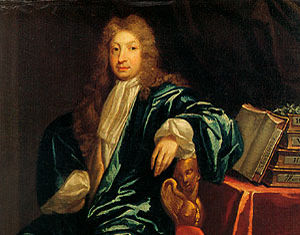Blog Post #7 Journalism, Then and Now
The journalism of the eighteenth century seemed more of a
commentary upon everyday life as opposed to the journalism of the modern times
that is focused on the occurrences of everyday life. Steele and Addison set out
to “…enliven morality with wit and to temper wit with morality, that my reader
may, if possible, both ways find their account in the speculation of the day.”
The Washington Post slogan “Democracy Dies in Darkness” is symbolic towards the
dangers of silencing information. Modern journalism is focused on the delivery
of said information before any competitor hence the inception of breaking a
story. From the writings of Johnson, Addison and Steele one can infer that they
strived to elucidate the reader. Nowadays, the focus is centered on skewing the
reader’s perspective to whomever funds the newspaper or network. For example,
Fox News caters to conservatives while CNN leans more for liberals. This doesn’t
mean that what’s being reported is not true, but that the facts are selected to
compose a narrative that otherwise might not be there. The ability to reach out
to a larger audience naturally increases the tenacity for propagation of personal
ideas and credos. Even a class assignment whose audience is more than just the
professor, causes stylistic changes on the prose. For example, I find myself
using a more sophisticated vocabulary in my blog posts than I would do for a
regular essay, which is ironic considering that the latter innately requires a
sense of polished prose while a blog post is meant to be more easygoing. Yet in
writing assignments, it tends to be from our word choice that the reader can
glean at the writer’s persona. There must be a sense of authority (the writer
knows what he is talking about) for the reader to trust. If not, the reader’s
confidence is lost. Ironically, in journalism, the less one’s persona enters
the piece, the better. It is has devolved into reporting facts, unless it is an
editorial and that is what one would call Johnson’s and Addison and Steele’s pieces
using a modern term: editorials.




You make some insightful comments about the differences in 18th-century journalism and today. I definitely agree that the media today tries to skew toward a particular ideology. Writers in the 18th century were concerned with educating the reader and improving society.
ReplyDelete